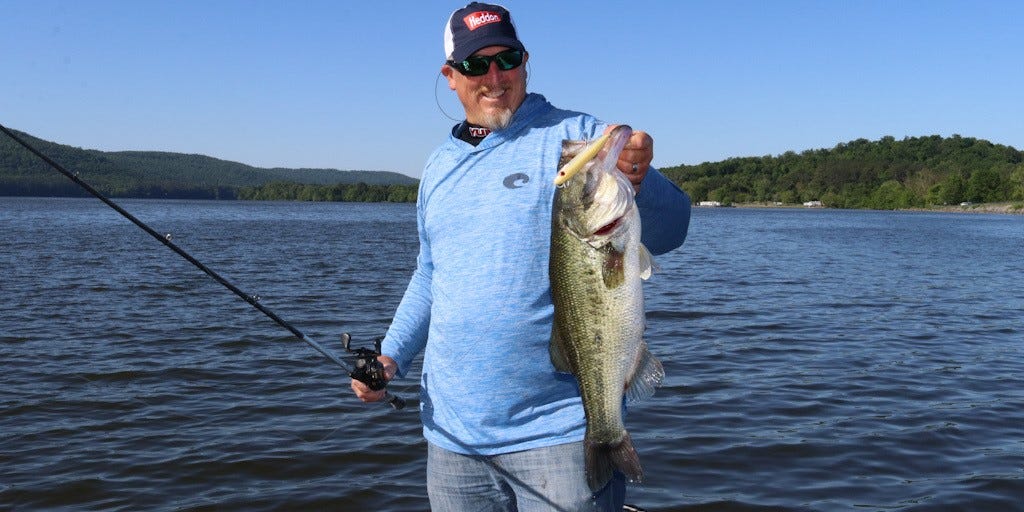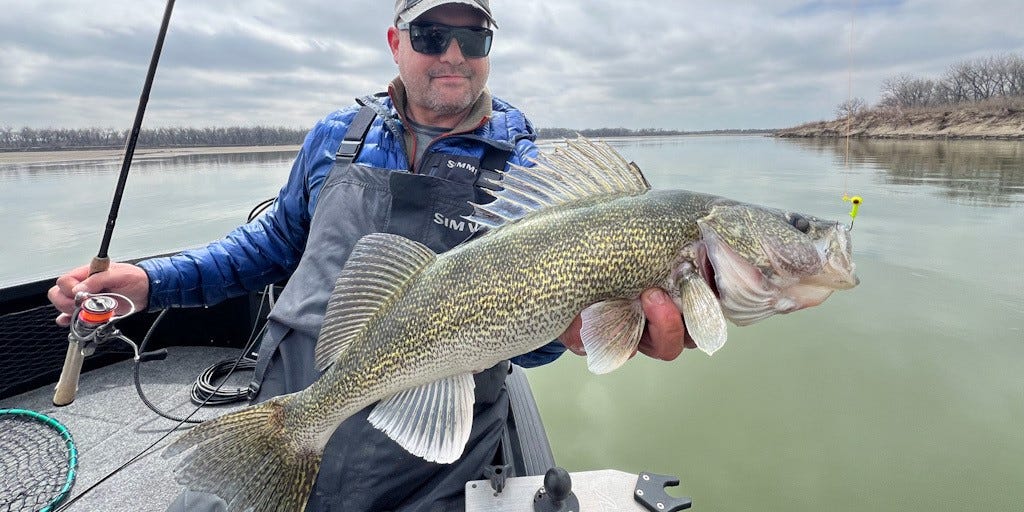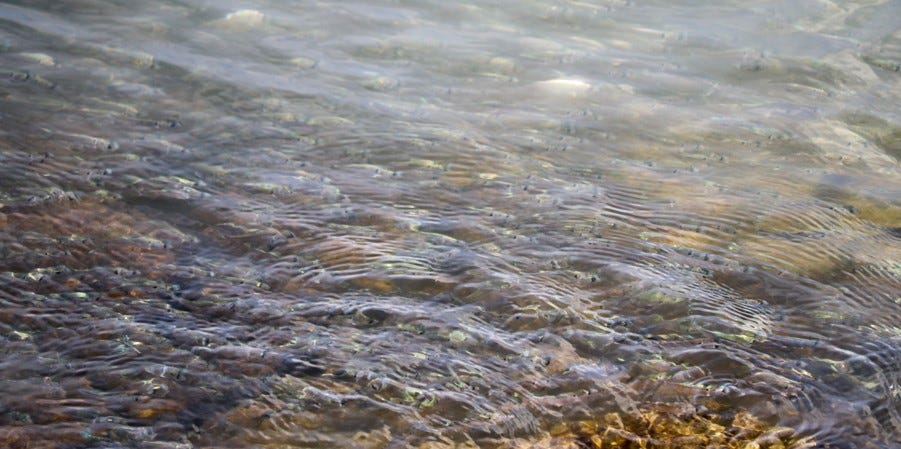- Sep 3, 2024
Your Guide to Surf Fishing Using Artificial Lures
The surf zone puts saltwater gamefish of many kinds in easy casting range. Learn to locate the best spots and fish them effectively.


The ocean is undeniably awe-inspiring, so it’s understandable when we look across the waves and say to ourselves, “There must be a lot of fish out there.”
Two key points: First, that’s a correct assumption; second, if we spoke loudly enough, a lot of those fish could hear us, because they’re not very far away. One of the ocean’s most fascinating scenarios and certainly the most accessible awaits at the meeting of sea and sand. The surf provides beginner-friendly fishing opportunities while offering plenty of action to entice the seasoned angler, with easy access pleasing both.
No question, boats afford greater range and mobility, but surf fishing’s immediacy largely defines the appeal. If you can walk to the ocean’s edge, you’re in business.
Often, hiking to the sweet spots improves your chances; and this is where beach carts with wide sand wheels come in handy for hauling gear. However, if you have a couple of hours after work, a little downtime during a family beach vacation, or simply an impromptu outing, surf fishing offers a low barrier option with minimal start-up cost.
What To Look For


Casual strolls and random casts are not without hope, but paying attention to key details will focus your efforts.
Dynamic Zones: Deep-water inlets guarded by rock jetties bring a lot of fish-friendly features to the surf scene, as do island points and beaches flanked by natural or artificial reefs or rock formations.
Directional Influence: No two beaches lay out equally, but they all share a common truth. Predators will leverage the “something different” aspect for their feeding advantage. Anything breaking or redirecting the water will create angles, eddies and underwater gathering spots where predators find food concentrations.
Some are more obvious than others, and if you find an elevated observation point — a boardwalk across the dunes, a beachside condo balcony, or even your vehicle bumper from the parking lot — you’ll often detect the points, breaks and runouts that impact water flow and, thereby, influence predator feeding areas.
Note: One of the quickest ways to detect something different happening below the surface is to watch the waves. A symmetrical sheet of water advancing and withdrawing is pretty vanilla — not a lot of fish-concentration. However, when waves crisscross, overlap and withdraw at different rates and angles, consider this an active area.
Deeper holes also factor into this picture, so watch your wave action and note the areas where advancing water flattens out.
All In the Angles: While tides move the playing field closer to or farther from the sand, beach angle plays a significant role. In simplest terms, a low-impact beach (aka “flat beach”) declines at a gradual slope, so you must cast across a broad shallow zone to reach deep water. Conversely, a high-impact beach drops at a sharper angle, often with a deeper trough within a few yards of the sand.
Predators are not necessarily averse to swimming tight to a flat beach, but the high-impact scenario brings baitfish nearer and gives bigger fish a feeding lane. You always want to check different beach zones, but don’t hesitate to make short casts across that nearshore trough on a high-impact beach. Also, casting parallel to the beach and running a swimming bait, spoon or bottom dragging presentation through this feeding lane keeps you in the strike zone longer.
Follow the Food
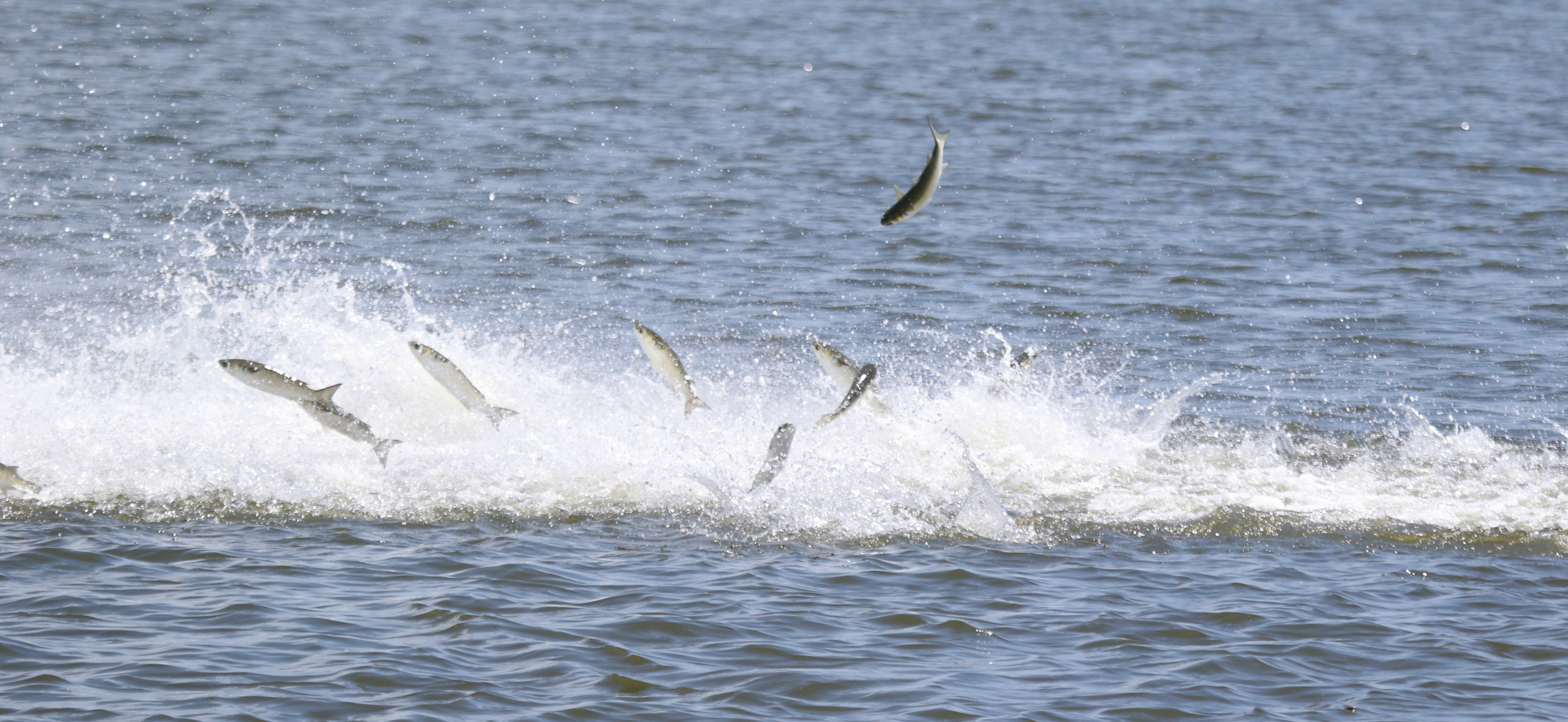

Fish positioning follows feeding opportunities. On the mobile side, bait schools, often appearing as dark blotches or possibly bright flashes on sunny days, are predator magnets. Watch the water with polarized glasses.
Diving birds, surface commotion, or free-jumping fish all indicate a feeding area. Just understand that the action will come and go, unless you’re fishing a beach where nearshore reefs hold bait schools longer.
Also, pay attention to shoreline clues. Mole crabs, commonly called sand fleas, are prime forage for many of the surf species, from pompano to whiting to redfish. Spotting these crustaceans, or evidence thereof, can help dial in your positioning.
When the surf is relatively calm, watch departing waves and look for outward facing V wakes. This typically indicates water breaking around a burrowing sand flea.
These crabs live in the sand and extend their feathery antennae to filter organic matter. Waves often displace the fleas, but they’re designed to quickly burrow back into the sand. Mole crabs at the water’s edge indicate more of these tasty morsels out where the predators roam.
Lastly, low tide reveals random collections of the sea’s wares, often with concentrated clumps of shells and crustacean fragments. Finding a cluster of sand flea shells and small crab legs or pinchers hints at a high tide feeding zone, so plan accordingly.
Key point: Activity attracts more activity, so it doesn’t matter who did the chewing, an appealing beach attracts predators of many types.
Artificial Lures for Surf Fishing
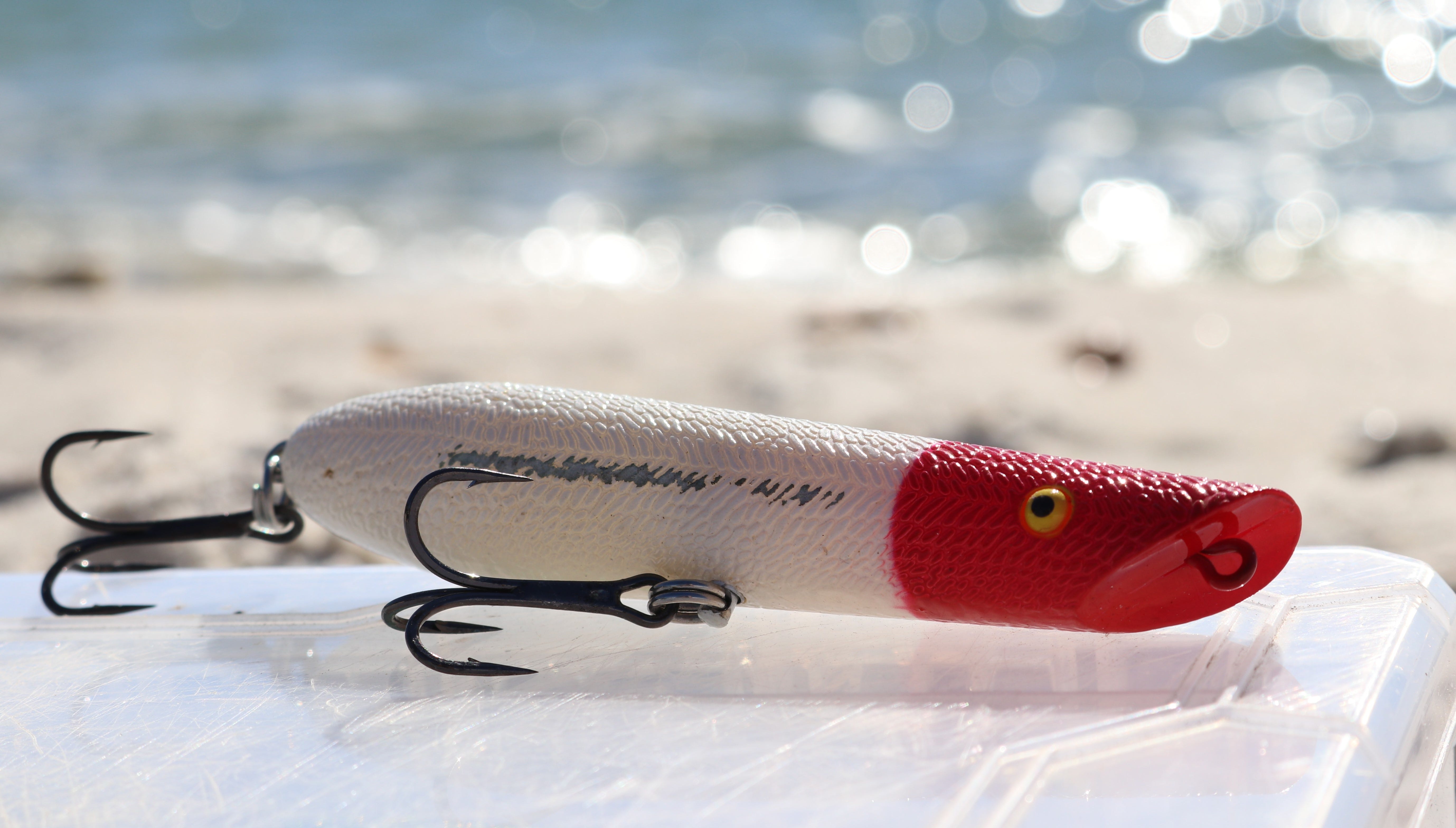

For a mobile surf-fishing approach and a fun way to catch multiple species stock a tackle box you can easily tote with several artificial lures that allow you to cover water. Specifics vary by region, but consider this round-up:
Spoons: Shiny baitfish imitators like the Cotton Cordell CC Spoon or the Bomber Slab Spoon or Who Dat Weedless Rattling Spoon, are among the easiest and most broadly applicable of surf fishing baits. Highly effective for covering water, a spoon punches through the wind for precise casts, flashes like a baitfish and lends itself to multiple retrieve options.
Topwaters: Calmer surf conditions allow predators a good look at topside presentations, but don’t hesitate to walk or pop a bait through the waves. As long as you can control the presentation, you might tempt a surf giant on the lookout for vulnerable meals. Walkers like the Heddon Super Spook or Spit’n Image, the Bomber Badonk-A-Donk and poppers like the Cotton Cordell Pencil Popper and the Creek Chub Knuckle-Head will attract plenty of attention.
Minnow Baits: Reel ‘em straight of use a twitch-pause combo. Either way, baits such as the Cotton Cordell Redfin, Bomber Long A and Smithwick Rattlin’ Rogue present sizable targets with enticing movement.
Twitch baits: Working a baitfish profile bait through the surf zone is likely to attract anything from redfish to spotted seatrout to bluefish and mackerel. The Bomber Mullet offers a convincing profile. When toothy species like bluefish abound, you’ll need a 12- to 18-inch wire leader to minimize bite-offs.
With any of these artificial bait choices, experiment with different cast lengths, angles and retrieve speeds. Note when and where the bites occur and look for replicable patterns.

